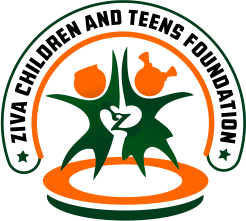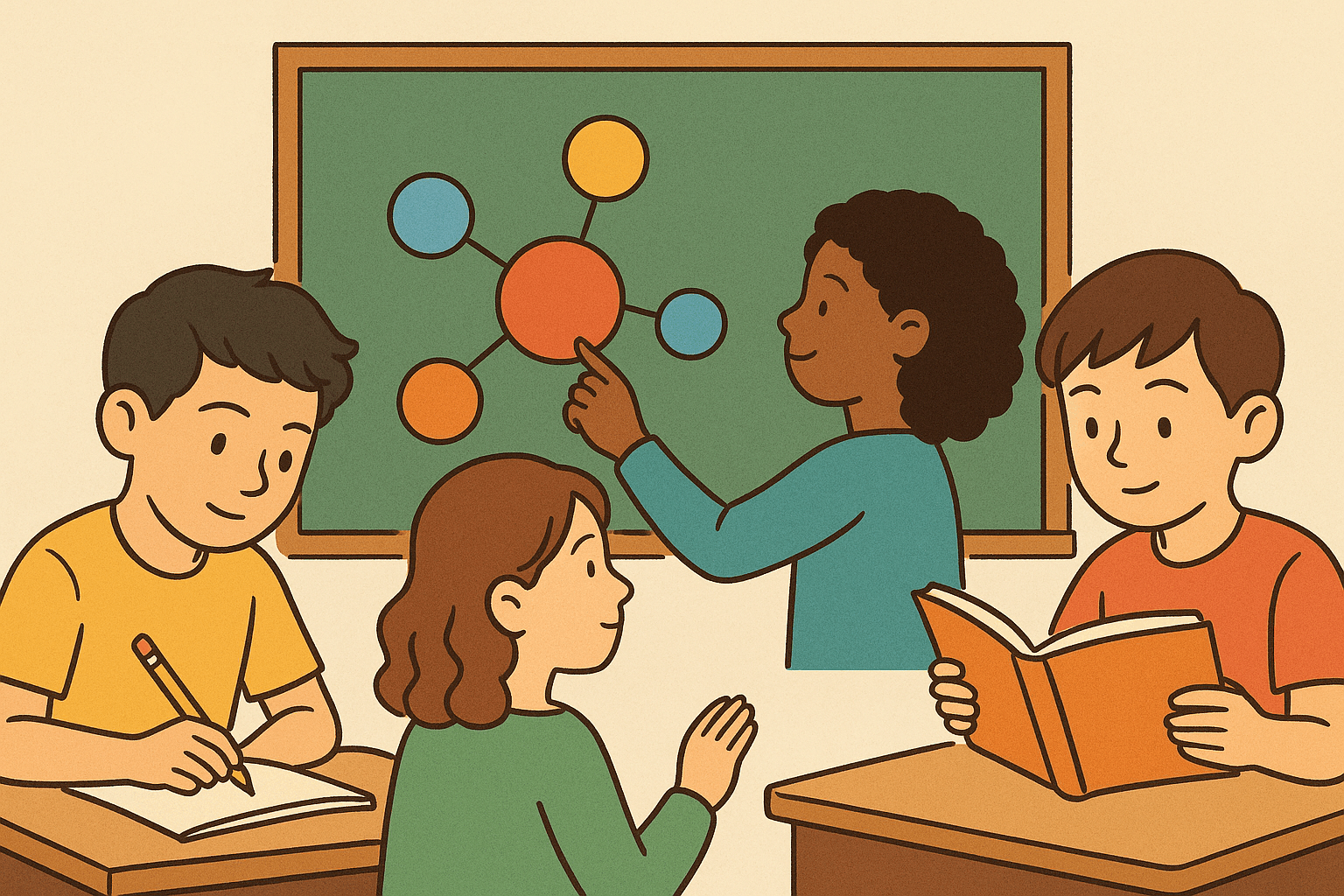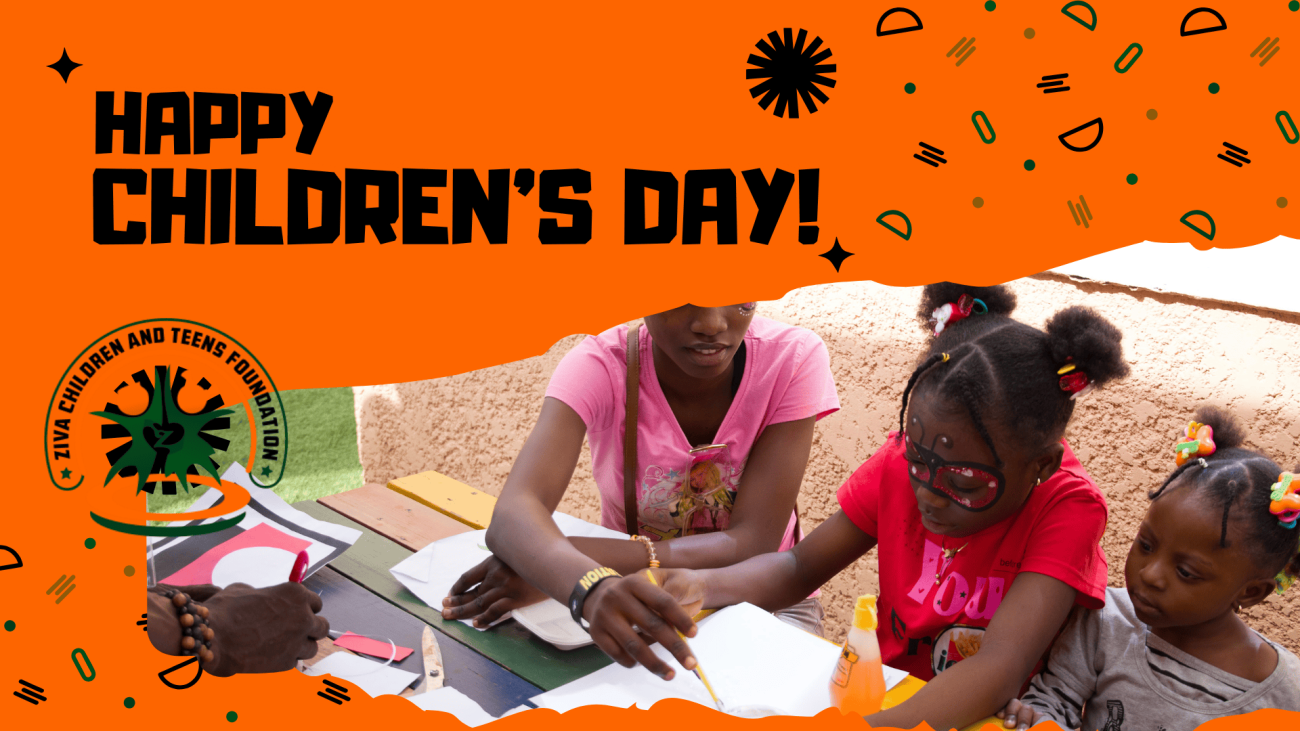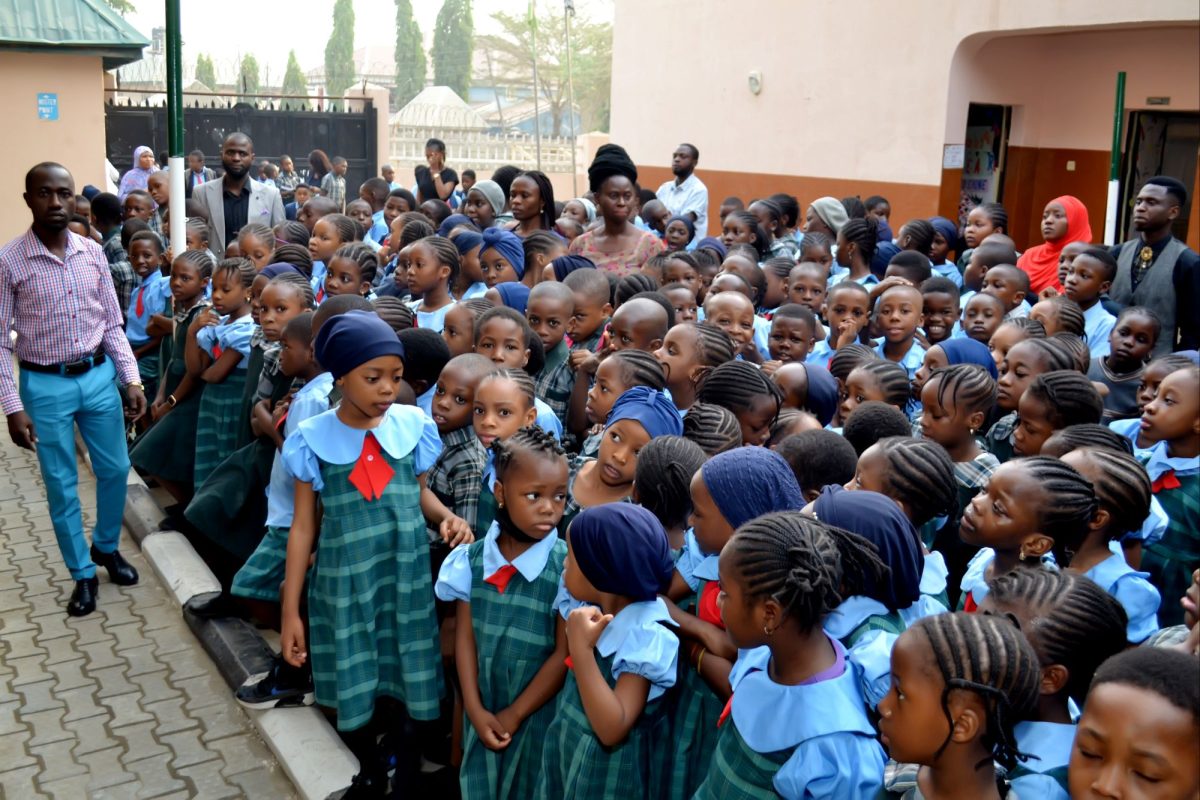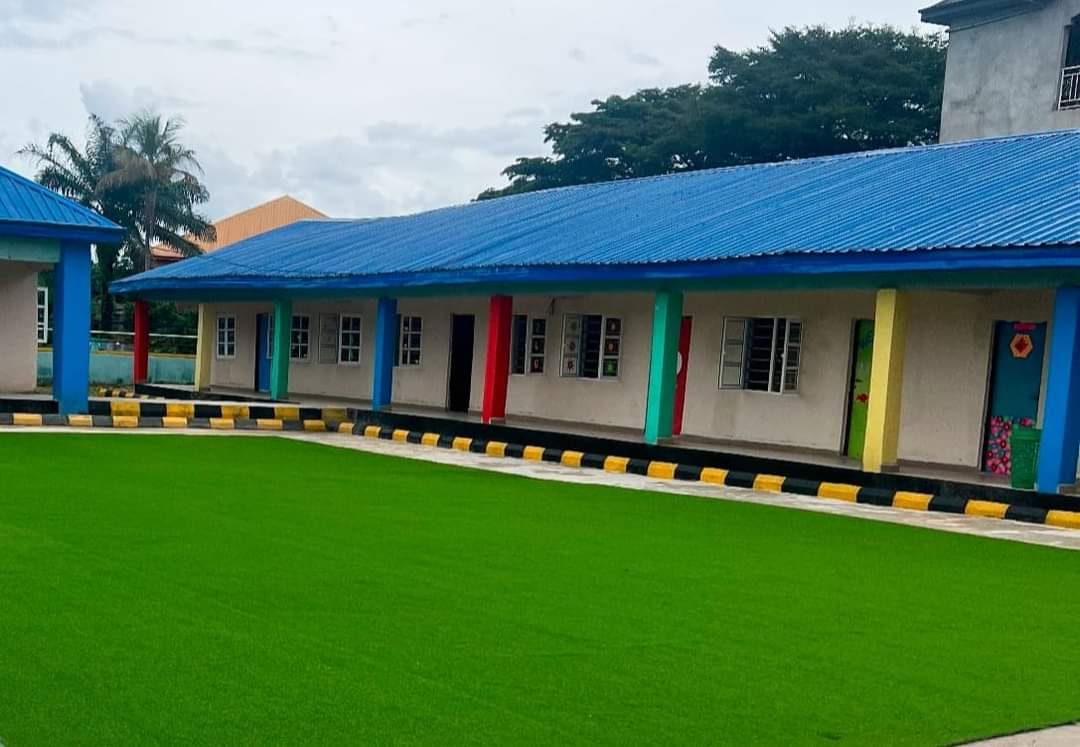Walk into any classroom and you’ll see it: one child eagerly jotting down notes, another gazing at the diagrams on the board, one quietly mouthing the teacher’s words to themselves, and another fidgeting with a pencil but somehow still catching every detail.
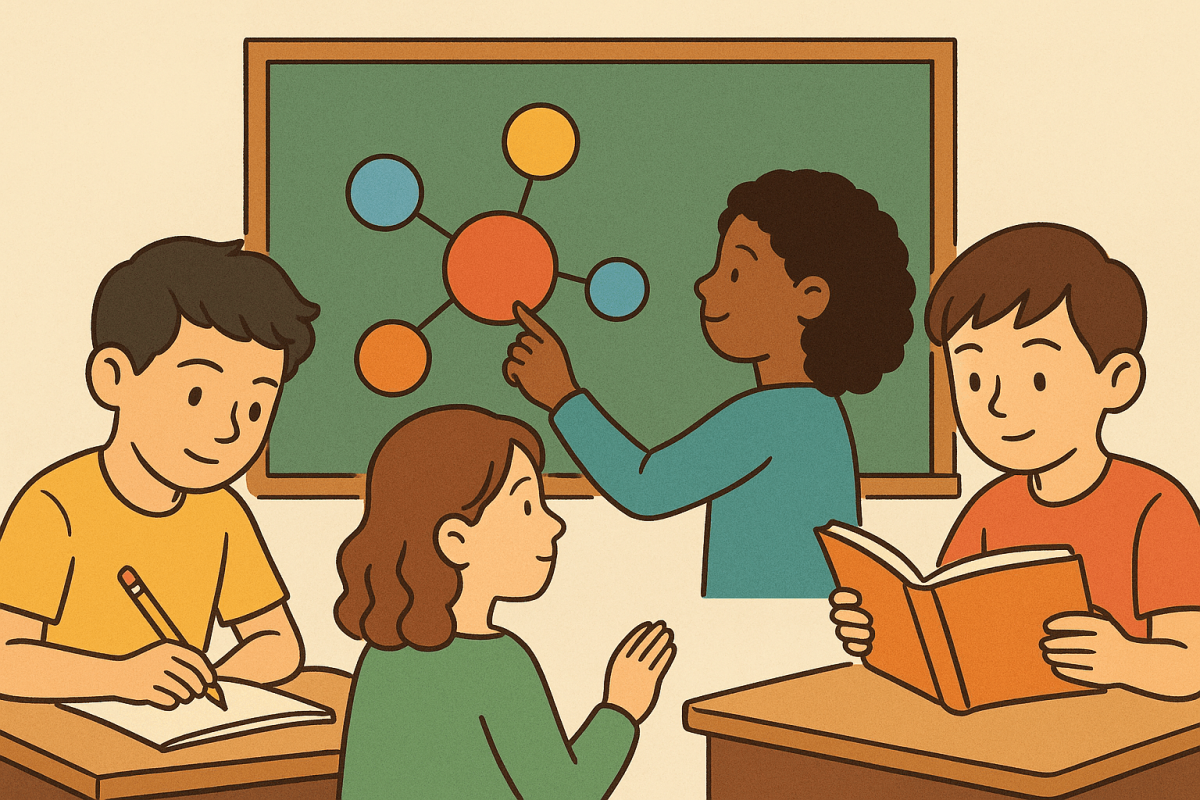
It’s a simple truth that often gets overlooked: not every child learns the same way. And that’s not a problem. It’s part of what makes teaching both challenging and exciting. The real question is, how do we adapt so every child gets the chance to truly understand, grow, and shine?
At Ziva Children and Teens Foundation, we believe that learning is deeply personal. The more we understand the various ways children process information, the better we can support them in the classroom, at home, and throughout their lives.
Understanding Different Learning Styles
Educators and psychologists have long studied the ways people learn, and while there are many models, one simple and practical approach is to look at four main learning styles:
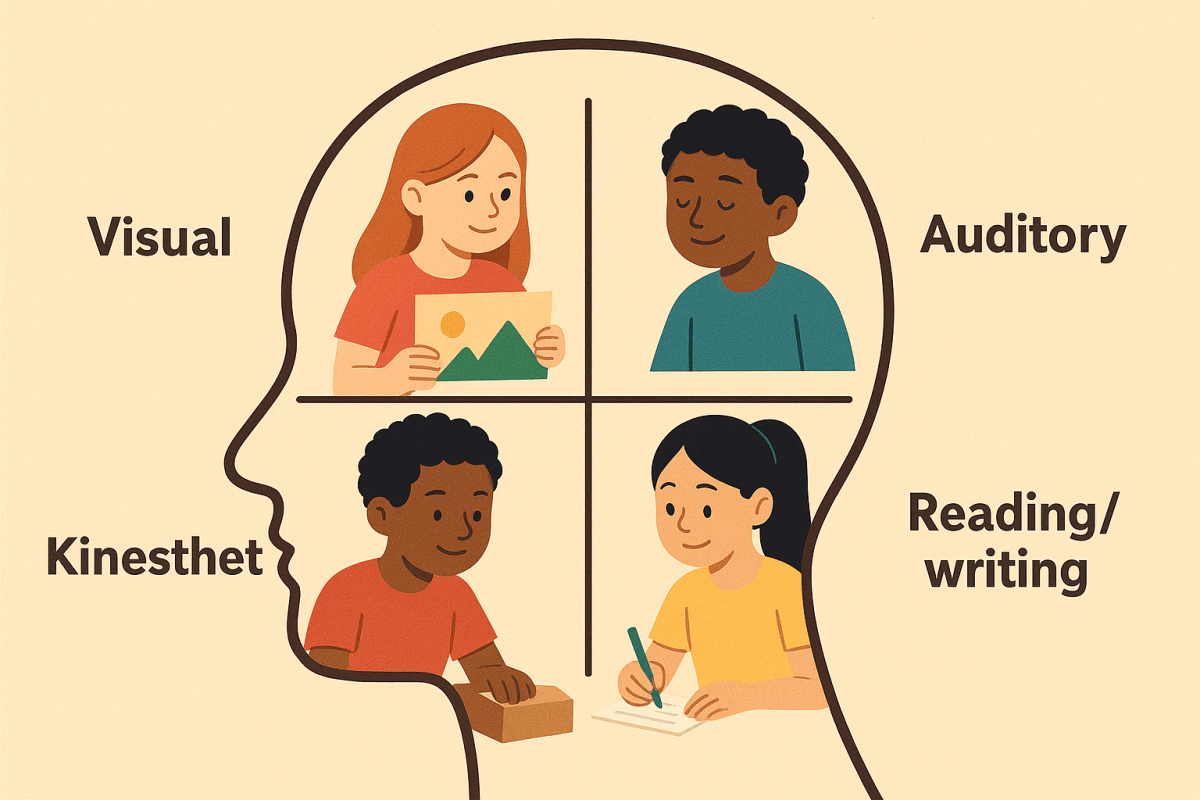
1. Visual Learners
These children understand best when they can see the information. Pictures, charts, maps, mind maps, diagrams, and colour-coded notes make concepts “click” for them. They may remember the page a definition was on or the colours used in a presentation better than the exact words spoken.
2. Auditory Learners
Auditory learners pick up knowledge by hearing. They thrive in discussions, story time, and when concepts are explained out loud. They might remember your exact phrasing or repeat instructions back to themselves to lock them in.
3. Kinesthetic Learners
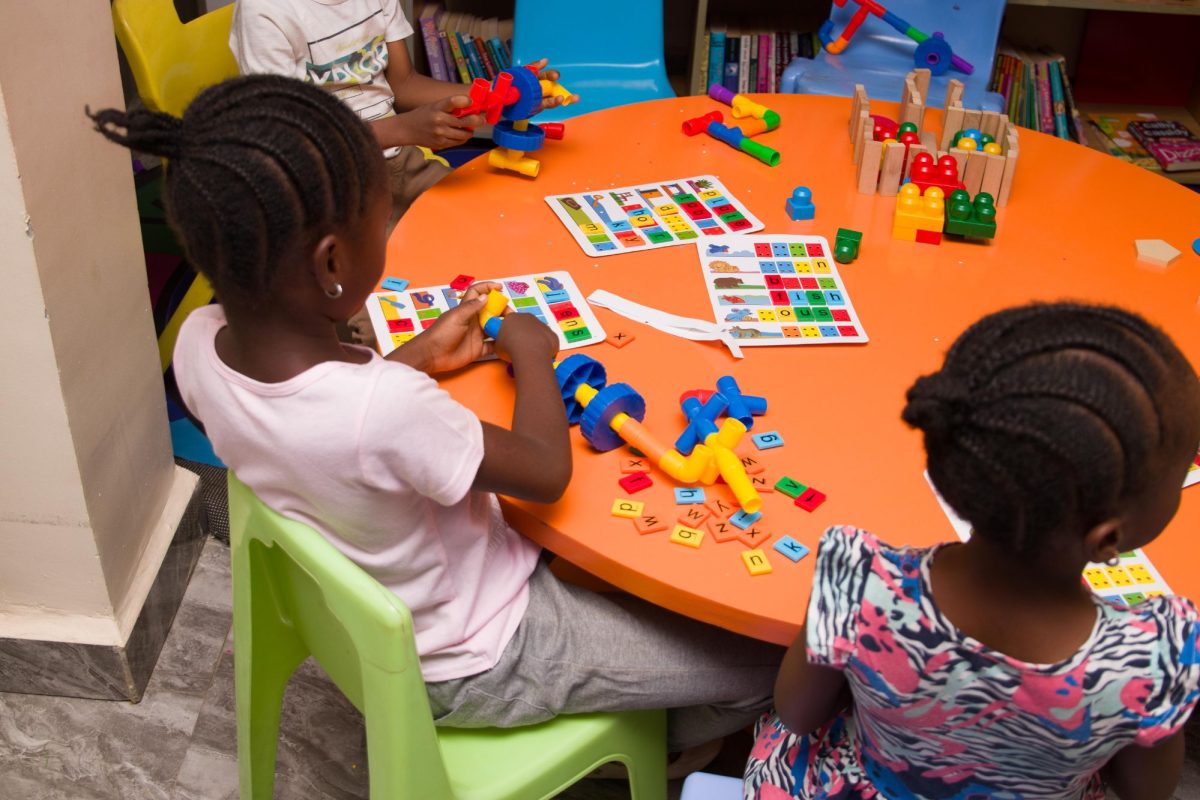
Also known as “hands-on” learners, they need to do to understand. Whether it’s building a model, conducting an experiment, acting out a scene, or even moving around while studying, their brains connect learning to physical movement.
4. Reading/Writing Learners
These learners absorb knowledge through words. They excel at reading instructions, writing summaries, and making lists. They may rewrite their notes or research in books and articles to deepen understanding.
Why This Matters
When teaching methods and learning styles don’t match, children can feel frustrated, confused, or even “less smart.” In reality, they simply learn differently.
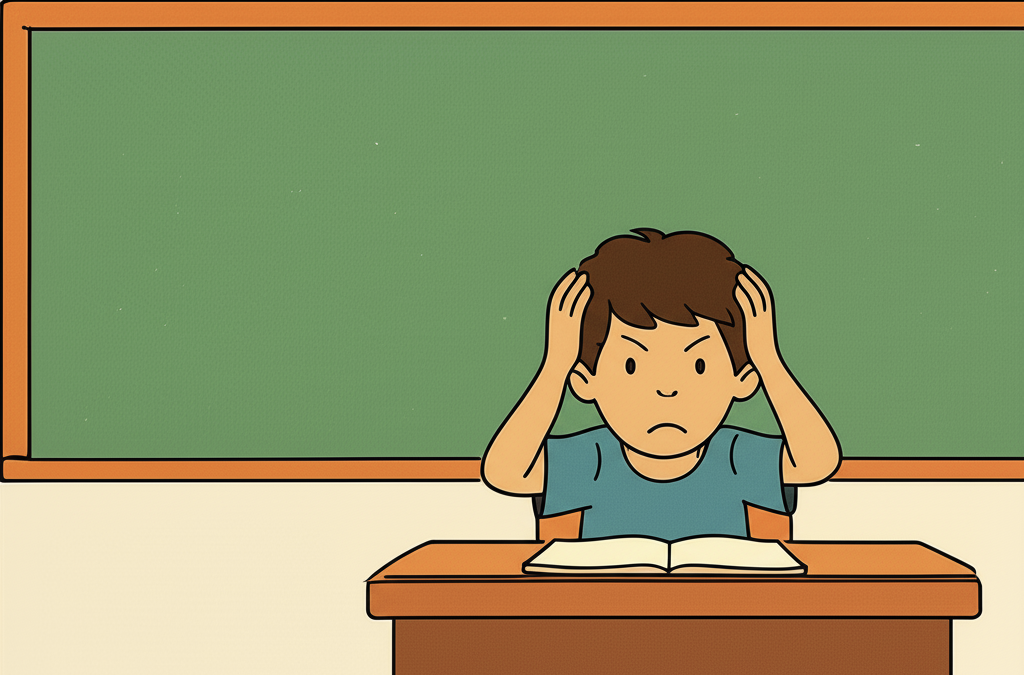
Imagine giving a child who learns best through movement an hour-long lecture without any activities. Or asking a visual learner to follow only verbal instructions. These mismatches can unintentionally make learning feel like a struggle instead of a joy.
On the other hand, when we meet a child in their learning language, they light up. They understand faster, retain knowledge longer, and develop more confidence in their abilities.
How to Teach for Every Style
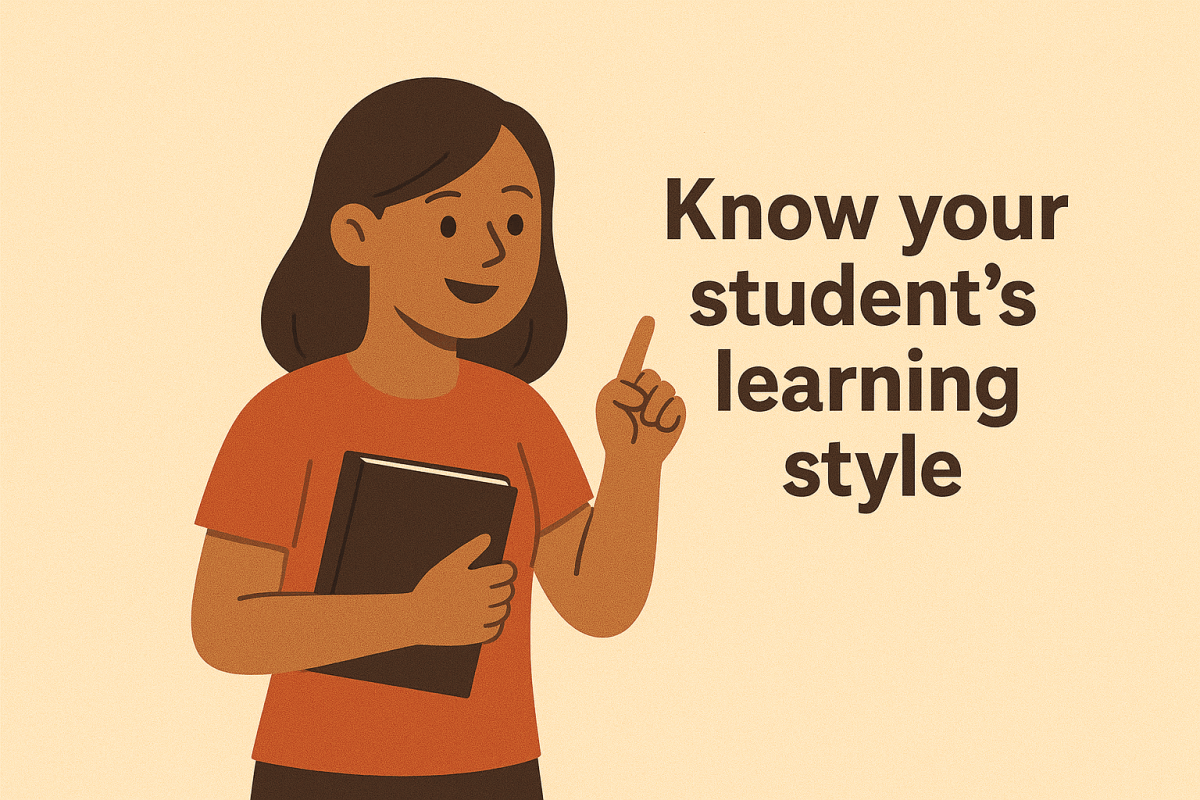
The good news is that you don’t have to choose just one method. The best teaching often blends approaches so no child gets left out. Here are some practical ways to adapt:
For Visual Learners:
Use illustrations, infographics, or flashcards.
Write key points on the board with colour highlights.
Encourage drawing diagrams or mind maps.
For Auditory Learners:
Read instructions aloud and use storytelling.
Encourage children to explain concepts back in their own words.
Use songs, rhymes, or chants to remember facts.
For Kinesthetic Learners:
Include hands-on activities, role-play, or experiments.
Allow short movement breaks to reset focus.
Use objects, models, or crafts to make lessons tangible.
For Reading/Writing Learners:
Provide clear written instructions and handouts.
Encourage note-taking and journaling.
Assign reading materials and reflective writing tasks.
Encouraging Flexibility in Kids
While it’s important to play to a child’s strengths, it’s equally valuable to gently stretch them into other learning modes. The world will not always present information in their preferred style, and resilience comes from adaptability.
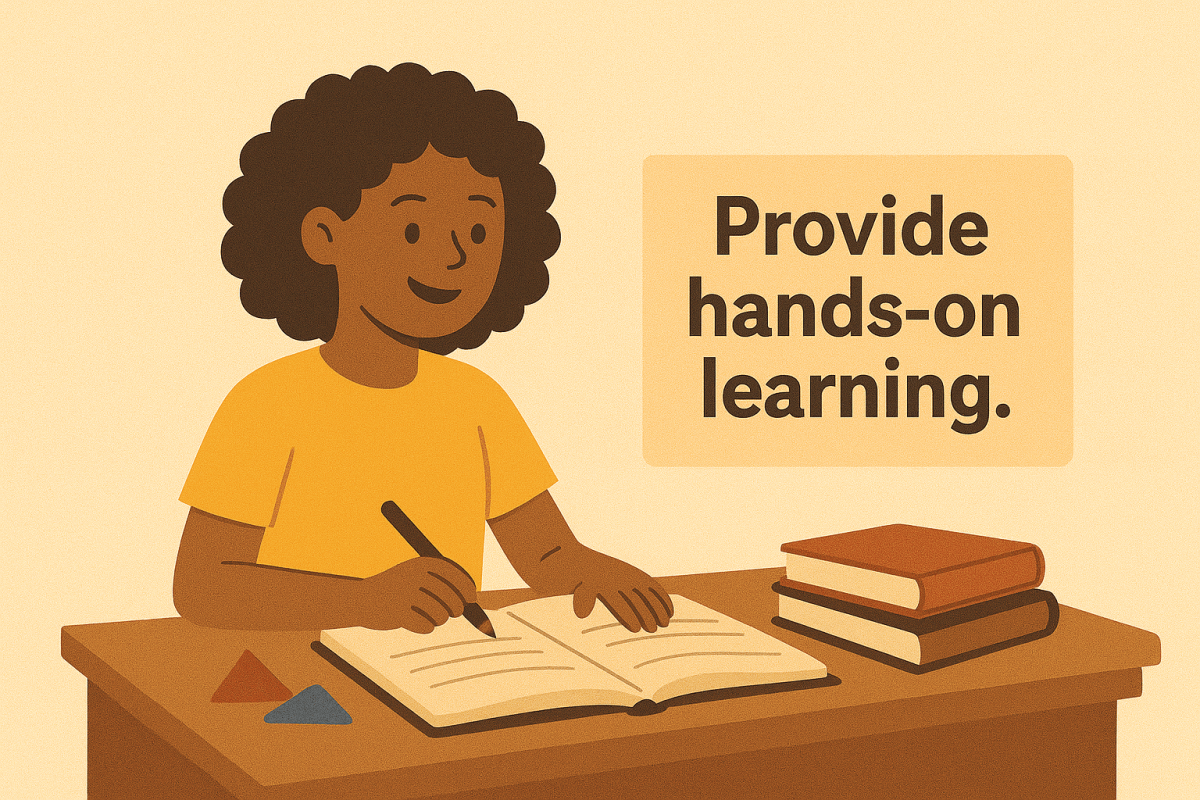
A visual learner can practice active listening. A kinesthetic learner can try summarising ideas in writing. The aim isn’t to force, but to equip children with multiple tools for understanding.
The Ziva Approach
At Ziva Children and Teens Foundation, we have seen firsthand how different learning styles can transform the classroom experience.
In our programs and at Ziva Children Centre, we design activities that naturally blend methods. For example, a science lesson might start with a colourful diagram (visual), move into a hands-on experiment (kinesthetic), followed by a group discussion (auditory), and end with a short write-up (reading/writing).
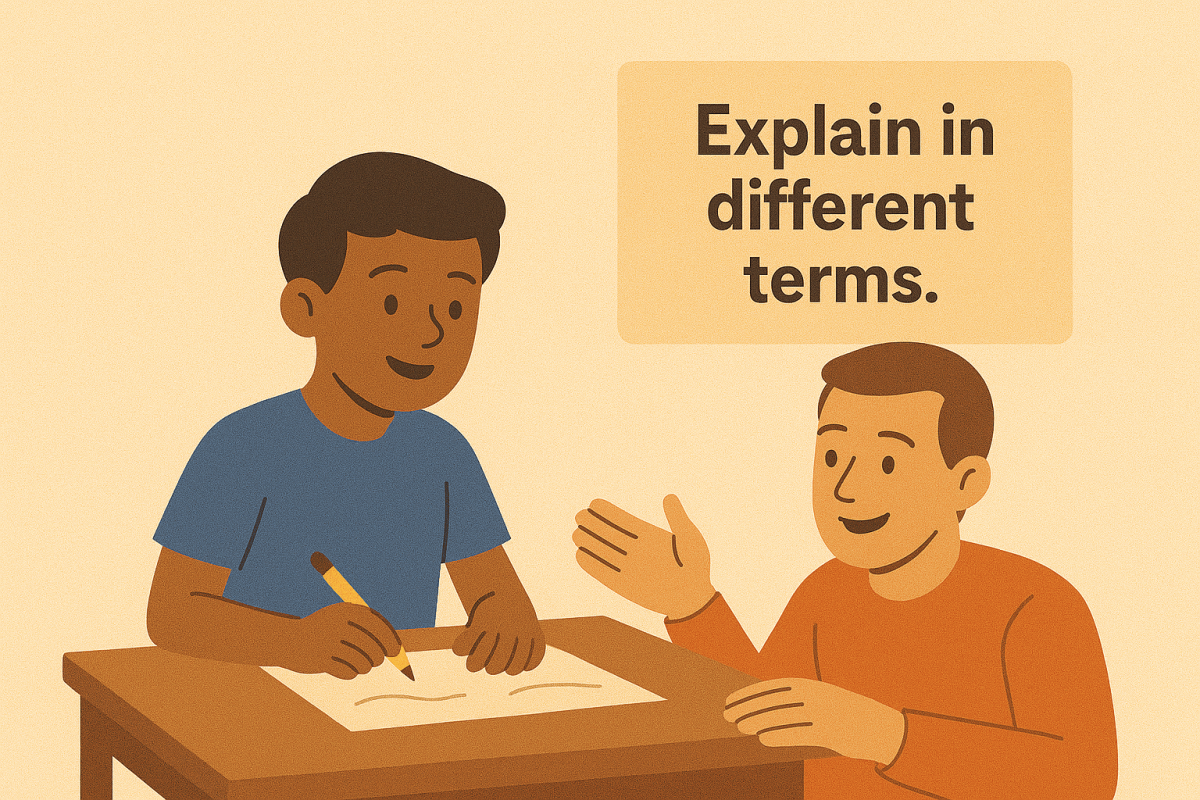
This isn’t just about teaching content. It’s about helping each child discover how they learn best so they can take ownership of their education and enjoy it.
In the End, It’s About Connection
Teaching is not just transferring information. It is building bridges between the learner and the knowledge. Those bridges are strongest when we meet children where they are and walk with them toward where they can be.
Not every kid learns the same way, but every kid can learn. When we teach with understanding, patience, and creativity, we unlock doors that might have stayed closed.
So the next time you are helping a child learn, whether you are a teacher, parent, sibling, or mentor, remember that the way you say it might matter just as much as what you say.
Every child deserves not just education, but an education that truly reaches them.
